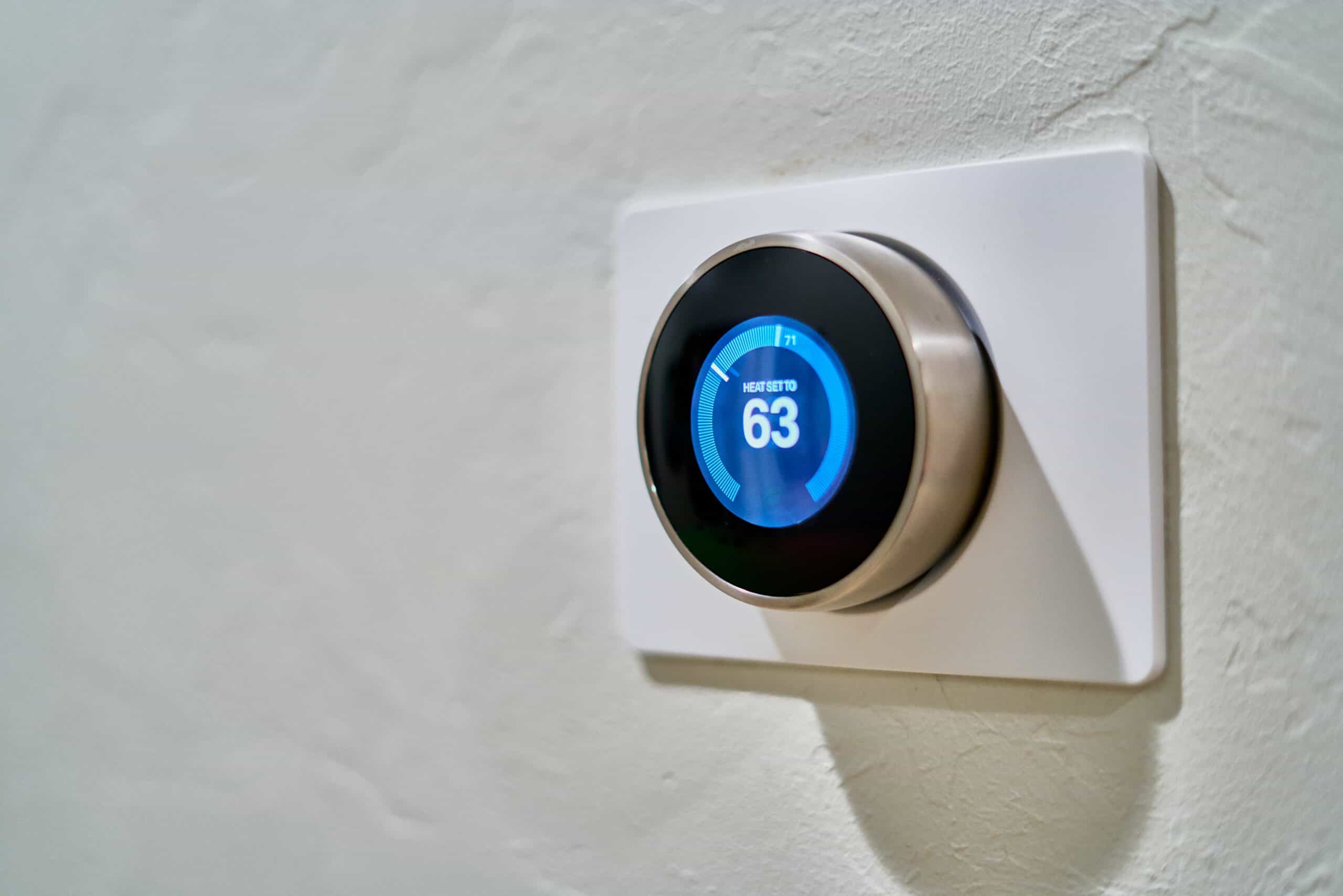Keeping Students Comfortable and District Energy Bills Low:
How LAN’s Educational Clients Used Grant Funding to Upgrade Their HVAC Systems
How LAN’s Educational Clients Used Grant Funding to Upgrade Their HVAC Systems

There is nothing like the sticky discomfort of an un-airconditioned classroom to break a student’s concentration, and when late spring comes along, school buildings without proper HVAC systems can get downright hot and humid. The good news is that over the last few years, schools in New Jersey that meet certain qualifications, have been able to take advantage of several grant and funding programs to revamp their HVAC with new energy-efficient systems that provide a comfortable and ideal learning environment and significant operational savings.
LAN’s Mechanical, Electrical and Plumbing Engineering (MEP) Department has already worked alongside several districts that applied for and used grant funding to design and install upgraded HVAC systems. Government funded Initiatives like The New Jersey Clean Energy Program’s School and Small Business Ventilation and Energy Efficiency Verification and Repair Program (SSB-VEEVR), Elementary and Secondary School Emergency Relief Fund (ESSER), and American Rescue Plan (ARP) funding have covered a significant portion of the cost to ensure these districts can provide proper heating, air conditioning, and increased ventilation.
Grant Funding has allowed these districts to complete a variety of upgrades to their schools that improve indoor air quality and reduce energy consumption and utility bills with new higher efficiency equipment.
The benefits of proper HVAC in an educational environment are well documented. According to the Environmental Protection Agency (EPA), air conditioning in schools can help reduce indoor air pollution, which can negatively impact student health and academic performance. The EPA also says various studies have also shown that air conditioning and increased ventilation improve learning and test scores. Furthermore, the American Lung Association says poor indoor air quality can lead to headaches, fatigue, and respiratory issues. A proper HVAC system can alleviate this by capturing pollutants such as pathogens, dust, pollen, and bacteria, which can all trigger allergies, asthma, and other health problems. The bottom line is that students learn better when they are healthy and comfortable.
According to the U.S. Department of Energy, HVAC systems can account for up to 50% of your school’s energy consumption. Based on the climate in your region, a new energy-efficient HVAC system can reduce a building’s energy use by 50% for electric heating and cooling systems and 10% for gas furnace heating systems. On average, each year, schools spend about $75 per student on gas bills and $130 per student on electricity. This means a new HVAC system will provide your district with significant cost savings and significantly lessen your building’s carbon footprint.
The goal of the SSB-VEEVR program was to provide financial assistance for schools and small businesses for ventilation and HVAC upgrades, repairs, and even replacements that promote energy efficiency and improve indoor air quality. The funding helps those districts most in need, with the majority of SSB-VEEVR Program funds set aside for schools and Small Businesses located in underserved communities. As with the Elementary and Secondary School Emergency Relief Fund (ESSER) passed during the COVID-19 pandemic, the funds available in this program have already been allocated to schools. However, increasing the energy efficiency of the built environment is a hot topic and common goal many lawmakers on the national and state level are eager to invest in. Trends show that this will not be the last program to offer funding opportunities to New Jersey and New York schools, government buildings, and small businesses.
Although the specific programs described above are out of funding or no longer accepting new applications (although SSB-VEEVR may open again), it’s essential to work with an architect and engineer that keeps up to date with grant and financial assistance programs so they can help you when an opportunity arises. The grant application process can be complicated and time-consuming, so working with an architect and engineer is vital to navigating the process and increasing your chances of successfully receiving grant money. Once your project is funded, a knowledgeable architectural and engineering firm can help you make the most of the opportunity with cost-effective design solutions that prioritize your goals and maximize your grant funding.
With a team of multi-disciplinary experts all under one roof, LAN embodies an efficient and integrated approach
Keep up to date with the latest LAN news and projects and read insightful articles about the AEC industry

LAN Associates is a full-service engineering, planning, architecture, and surveying firm founded in 1965. We take pride in our ability to address the distinct needs of our large and varying client base.